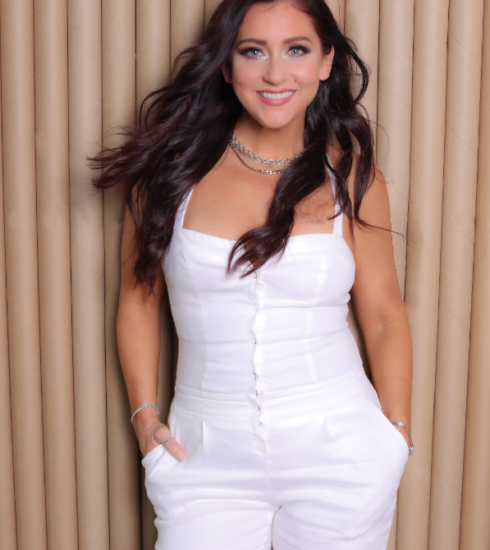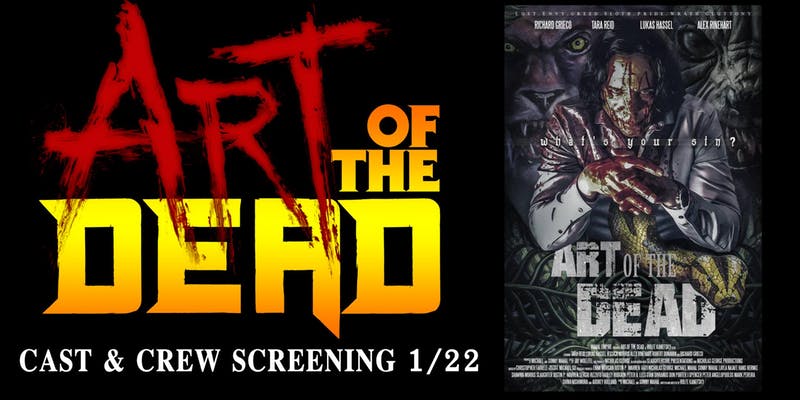How To Offer A High-Touch Experience In A High-Tech World by John McDonnell

Having become a so-called “global road warrior,” I’ve made an observation that seems to hold true in every culture I visit. It concerns the way people respond to human experience in our ever more high-tech world.
Alvin Toffler, the futurist, famously wrote in his book The Third Wave about civilization’s move from the industrial age to the information age. It’s impossible to overstate the magnitude of the changes this shift to a digital world is still bringing with it.
As the digitization of our lives expands, the reverberations seem to multiply. But way before Toffler came Sir Isaac Newton. Remember Sir Isaac’s third law of motion: For every action, there is an equal and opposite reaction. In our increasingly digitized world, as John Naisbitt pointed out in his book Megatrends, there’s a greater societal need for what the author identified as “high touch” in response to “high tech.”
In fact, in his later book High Tech/High Touch, Naisbitt noted that the two biggest markets in the United States are consumer technology and escape from consumer technology.
I’ve been lucky enough to experience this shift up close in my work on different brands. My career has been based on one of the most high-touch categories in human history: beverage alcohol.
To illustrate my point, let me share the insight I gained in my work at Patrón Spirits. It was satisfying to establish an entirely new product category worldwide: ultra-premium tequila. We turned a product associated with drunk college students into a high-end luxury because everything about the brand was based on authentic tradition. We used the finest ingredients and made the product by hand, using traditional ancient methods. I was sure our steady approach to quality and craft would pay off in consumer acceptance.
But I learned that just telling consumers one’s story simply would not be enough. The more digital the world becomes and the more addicted younger generations are to the internet and social media, the more impact human experience can have.
Set The Scene
Of course, people had to taste it to learn firsthand that tequila could be smooth and not rotgut. Especially, again, when the company had gone back to traditional methods for creating its product. We needed to convince consumers that tradition was still alive at our company.
Consumers had to experience the new product form in the right contexts. It mattered tremendously, for example, where they tasted the product — the ambiance, the attitude of the server, the presentation, etc. It was crucial to our success that the superior quality of the product and category be matched by the quality of the total experience.
For your own product or service experience, you’ll want to be sure that anyone who’s a part of it is totally aware of and trained in your intent. Ultra quality? Great value? Efficiency? Whatever your message may be, everyone interfacing with your audience needs to understand it and support it — not just with words delivered, but in every aspect of their presentation and attitude.
Engage The Customer’s Senses
It mattered that we create something vivid, engaging and memorable. That’s more important than ever as multiple digital platforms bombard us every day. Not just in bars and restaurants, but in duty-free locations as well.
So, given that our company celebrated authentic tradition, it wasn’t long before I was planning a mariachi band experience combined with a tasting of the tequila at international airports in Mexico. After all, just as our product continued to be made with respect for tradition, mariachi represents that same respect for timeless value in the culture.
One duty-free store, I remember, was offering outdoor clothing for sale. They created a high-touch experience by bringing the outdoors into their shop with a beautiful indoor garden. They made their point viscerally: Think outdoors!
Other experiential ideas have ranged from creating a Star Trek-type setting for “out of this world values” to a free session with a fortune teller with the context of forecasting exceptional values in the traveler’s future.
Not every product or service involves our senses like the appearance, taste, smell and result of beverage alcohol. But whatever your product or service stands for, whatever benefits and competitive advantages it offers, I challenge you to think about experiential events and contexts where consumers discover they want to look up from their mobile phones to become immersed — even if only for a few impactful minutes — into feeling something you offer, not just reading or hearing about it.
The point is simple: that we each press ourselves to think outside the box, using our imaginations to explore unconventional and unexpected new ideas that create visceral experiences while reinforcing our key takeaway messages.
Everything I’ve learned in building successful global brands tells me whatever product or service you’re part of, you, too, might be even more effective if you can offer real experience in our increasingly virtual world.







